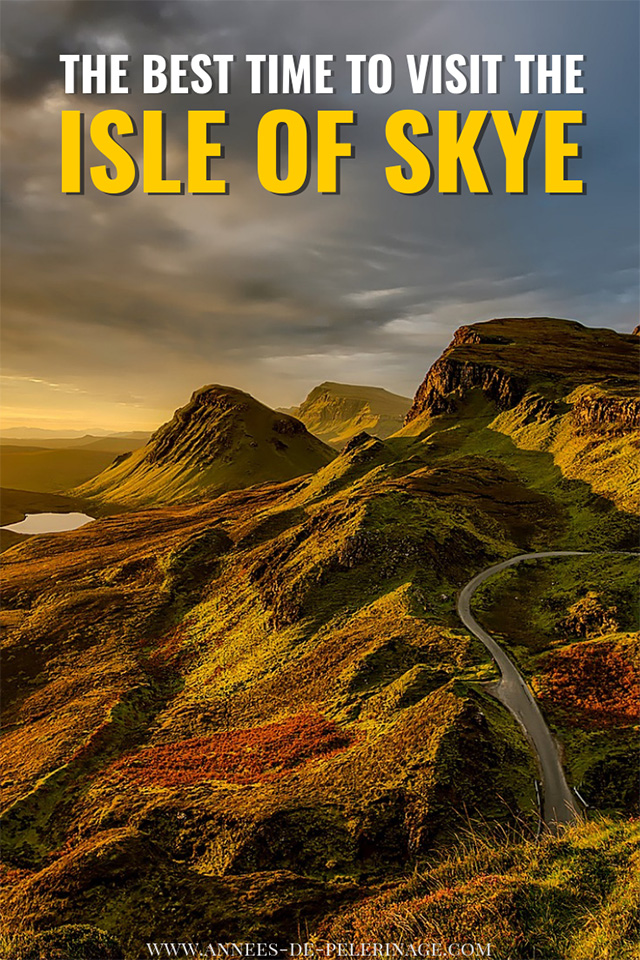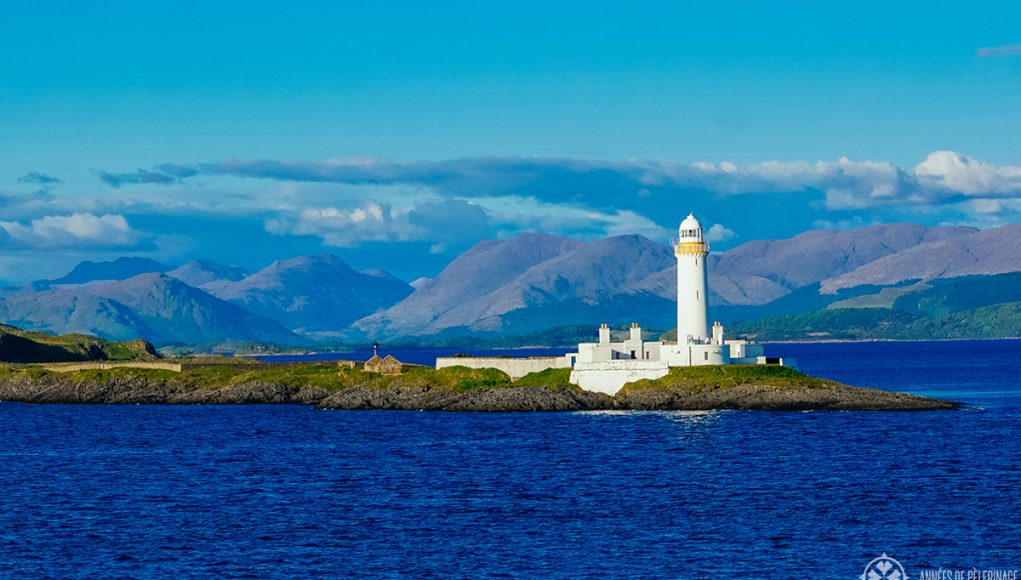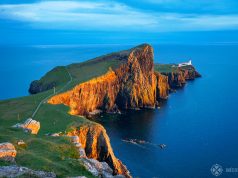The Isle of Skye in the North of Scotland is one of the most beautiful spots on this planet. It certainly is my favorite part of the country as there are just so many beautiful places to visit on the island. But of course, Scotland is no stranger to rains or midges, which is why many travelers rightly ask about the best time to visit the Isle of Skye.
There is not a single right answer to this question, as you have to factor in more than just the weather. Price levels can be a concern and some people might want to avoid the big crowds as well. This is exactly the reason why I wrote a more detailed travel guide around all the questions you might be facing when looking for the best month to visit the Isle of Skye.
In case you are looking for further inspiration for your itinerary, you might also want to check out my list of the 20 best things to do in Scotland. But let’s dive right into my recommendation for the best time to visit the Isle of Skye, shall we?
The Isle of Skye weather
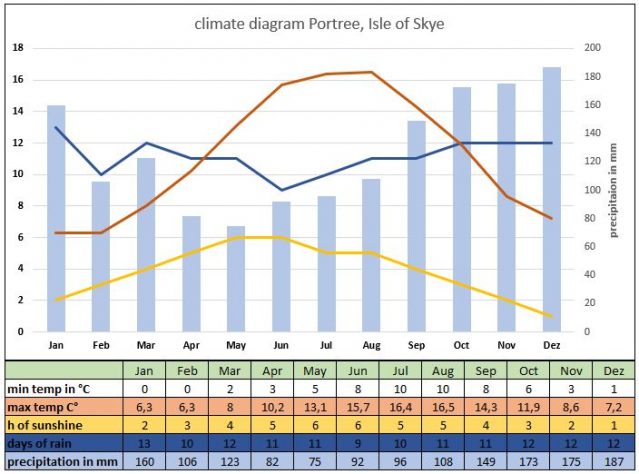
The bad news ahead: There is no time of the year when it doesn’t rain every third day on the Isle of Skye. Even in July, Portree sees an average of 9 days of rain with around 92 mm of precipitation. That’s quite a lot and definitely describes the weather you should expect in this part of Scotland.
Now to the good news: The weather stays relatively mild throughout the year. While temperatures never truly rise above 20° Celsius, they don’t really fall below the freezing point either.
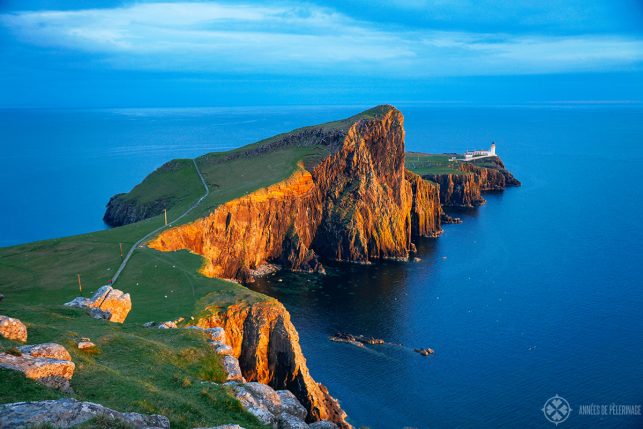
July and August are, generally speaking, the warmest months of the year, while Mai and June see, statistically speaking, the most sunshine. Those clear days will ensure you are able to see the fabulous sunset at the famous Neist Point.
January and December are the coldest months of the year – with the most rainfall, the least sunshine.
When is the best time to visit the Isle of Skye?
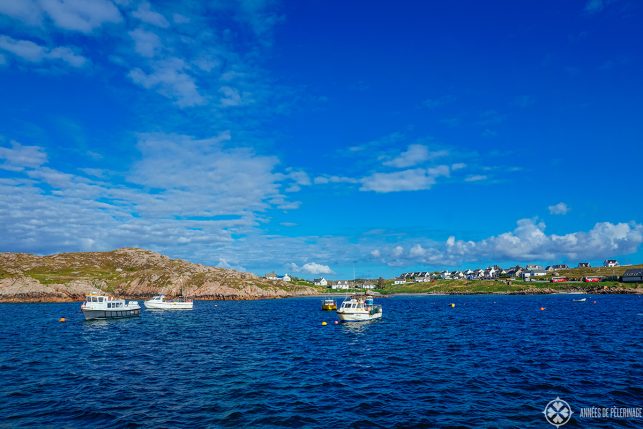
Putting all things together, May and June are actually the best times to visit the Isle of Skye. July and August might be a tiny bit warmer, but the difference is marginal. In my opinion, it’s better to go for the time with the most hours of sunshine.
Also, July and August tend to be way more crowded, because the Isle of Skye is very popular among European families who will use the summer holidays to travel. Which is exactly why this is also the most expensive time for your road trip.
Was is the best time to visit Scotland to avoid midges?
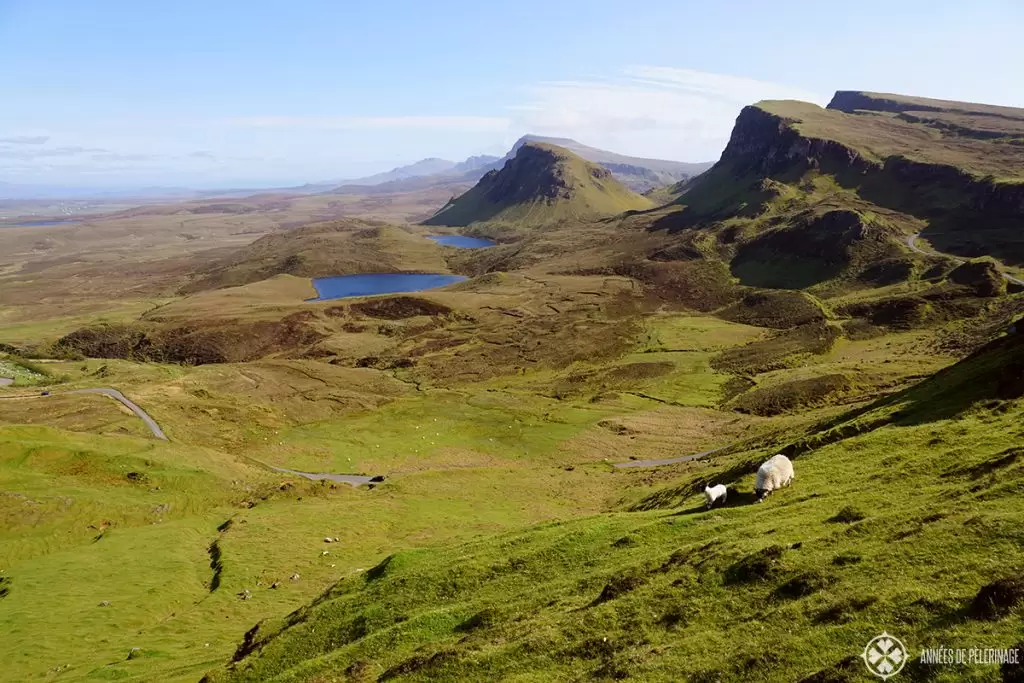
There is another reason why visiting the Isle of Skye in May might be the smartest idea: It’s the best time to avoid the midges in Scotland. The weather isn’t warm enough for them to breed in their millions.
Midges can’t survive the frost, so the colder months are, generally speaking, your better option. Early September, which often also sees a decent amount of sunshine can be a good time to avoid the midges as well.
Also, you should know that midges don’t like direct sunlight or wind. So, other parts of the highlights usually take the brunt of the yearly infestation. Still, if you plan some serious hiking in Scotland or on the Isle of Skye, you should avoid the high summer months!
What is the rainiest month in Scotland?
There is an average of 13 days of rain in January, making it the rainiest month in Scotland. December has the highest precipitation (187 mm). The driest months of the year are May through August (between 80 and 100 mm) and 9 to 11 days of rain.
Can you see the northern lights in the Isle of Skye?
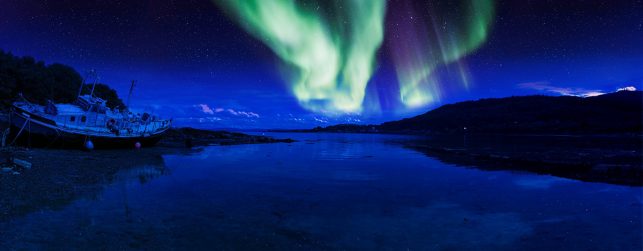
It is possible to the Northern Lights on the Isle of Skye most of the year within certain limits. You are unlikely to see extremely colorful auroras. At a latitude of 57.5° North colors usually can just be revealed using long exposure photography. Usually all you can see with the naked eye are faint lines above the horizon.
When can you see Northern Lights in Skye?
You can observe the Northern Lights on the Isle of Skye at night the whole year round except for June and July when astronomical twilight never ends. This means it never gets dark enough in those two months, so you can definitely NOT see the Northern Lights.
You should also know that you can only see the Arora Borealis on the Isle of Skye when there is a clear sky (kind of obvious). And of course, there needs to be a strong solar wind for the natural phenomenon to occur. But anyway, the Isle of Skye is certainly not the worst spot to observe the Northern Lights – just don’t expect it to be as strong as in Iceland or in the North of Norway.
Does it snow on the Isle of Skye?
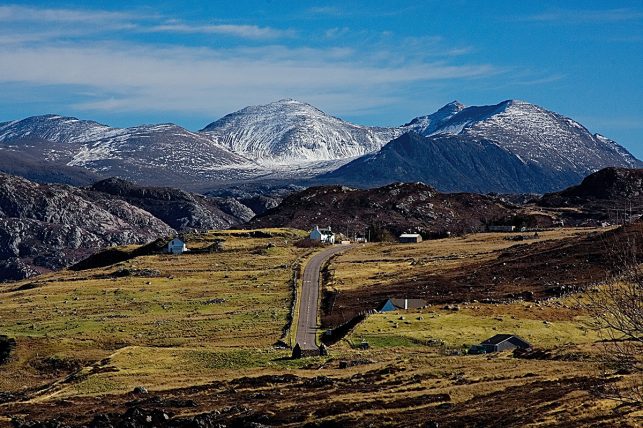
Snow is rather rare on the Isle of Skye. The close proximity to the ocean usually ensures that the temperatures stay slightly above the freezing temperatures. While not totally unheard of, the snow usually only lingers for more than a day higher up in the mountains.
All things considered, you really shouldn’t bet on a white Christmas on the Isle of Skye. There’s a chance, yes, but it’s rather low. That being said, the weather on the Isle of Skye can change within a matter of minutes, and experiencing a light snowfall in March (or even June!) is entirely within the range of possibilities.
When is the best time to see Puffins on the Isle of Skye
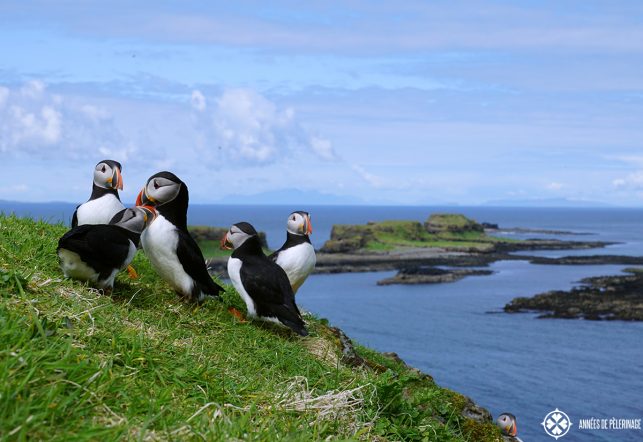
It is only possible to observe puffins between April and August. The cute seabirds spend the remainder of the year out on the ocean. They usually don’t nest on the Isle of Skye itself, though there are some tour agencies offering excursions to the islands further out where they do lay their eggs.
Lunga (read my guide) and St. Kilda are the best spots to observe them – and also the most popular ones.
Can you swim in the Fairy Pools Isle of Skye?
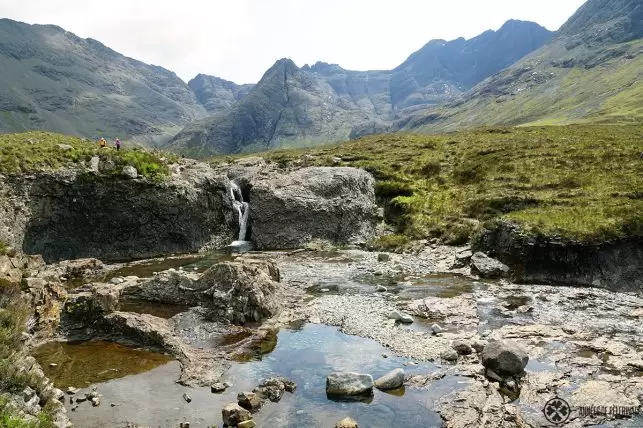
Of course, you can absolutely swim in the famous Fairy Pools on the Isle of Skye. The question is if you want to because the water is very cold. It trickles down straight from the Cullin Mountain Range (the highest mountains on the whole island), and it will be more than just a little bit refreshing.
That being said, I’ve seen plenty of people going swimming in the Fairy Pools on a sunny day in Summer. Just remember to bring a towel and you will be fine as long as you don’t mind the cold (probably around 10°). You could, of course also bring a neoprene suit, but the pools are quite small, so I’m not sure that is needed.
What should I wear to the Isle of Skye?
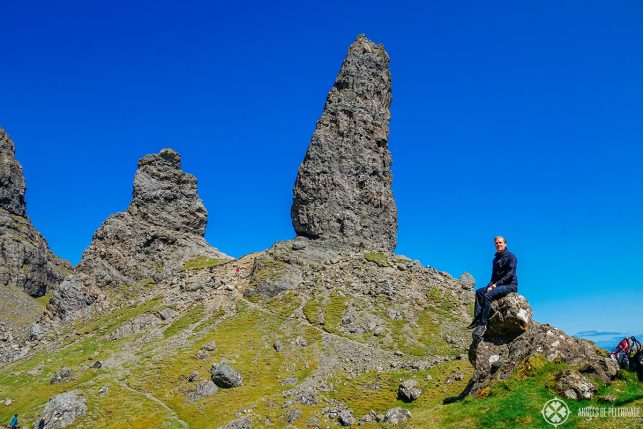
Putting all things together, the onion principle will serve you the best on your Isle of Skye road trip. If you are visiting in May, you might need sunscreen and a scarf on the very same day.
Most importantly, you will need proper rain gear and very comfortable walking shoes. Hiking boots are only needed in case you plan some real hiking. Most tourist attractions are accessible via a more or less well-developed path or road. Walking sticks can be a nice addition to your luggage, though.
I put together a more detailed Scotland packing list here.
When should I visit the Isle of Skye? I hope I was able to answer all your questions on that topic. If not, feel free to ask your concerns in the comments below!
